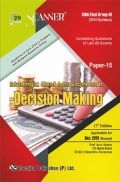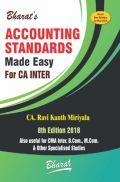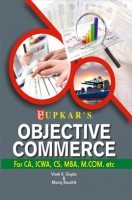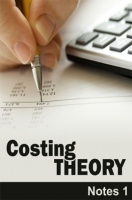Intended primarily as a text for the undergraduate students of commerce, this book gives a comprehensive and indepth analysis of the concepts and principles underlying financial accounting. It also introduces the student to the tools and techniques essential for tackling real-life problems.
The text discusses in detail final accounts, branch accounting, hire-purchase and instalment sales, partnership accounts, stock valuations, as well as other company accounts. The book would be of considerable help to the readers in preparing financial statements and would equip them with the necessary knowledge in understanding the financial performance and the financial position of an organization and communicate these to its stakeholders.
Besides students of commerce, those appearing for various professional examinations such as CA and ICWA foundation courses should find this student-friendly and accessible book extremely useful.
This book Useful for Management, Commerce students.
1. Introduction to Accounting: Concepts, Scope and Evolution.
2. Accounting Cycle and Double Entry System of Book Keeping.
3. Subsidiary Books.
4. Bank Reconciliation Statement.
5. Business Income Measurement and Analysis of Revenue and Expenses.
6. Capital and Revenue.
7. Depreciation Accounting.
8. Reserves and Provisions.
9. Inventory Valuation.
10. Journal Proper.
11. Final Accounts with Manufacturing Account.
12. Final Accounts of Non-Trading Concern.
13. Bill of Exchange.
14. Average Due Date and Account Current.
15. Self-Balancing and Sectional Balancing System.
16. Consignment Accounting.
17. Joint Venture.
18. Final Accounts of Incomplete Records.
19. Branch Accounting.
20. Hire-purchase System and Instalment Payment System.
21. Accounting for Goods Sent on “Sale or Return” Basis.
22. Partnership Accounts.
23. Corporate Accounting.
Index.


















